Laser Control / Overview
State of the art Laser Control
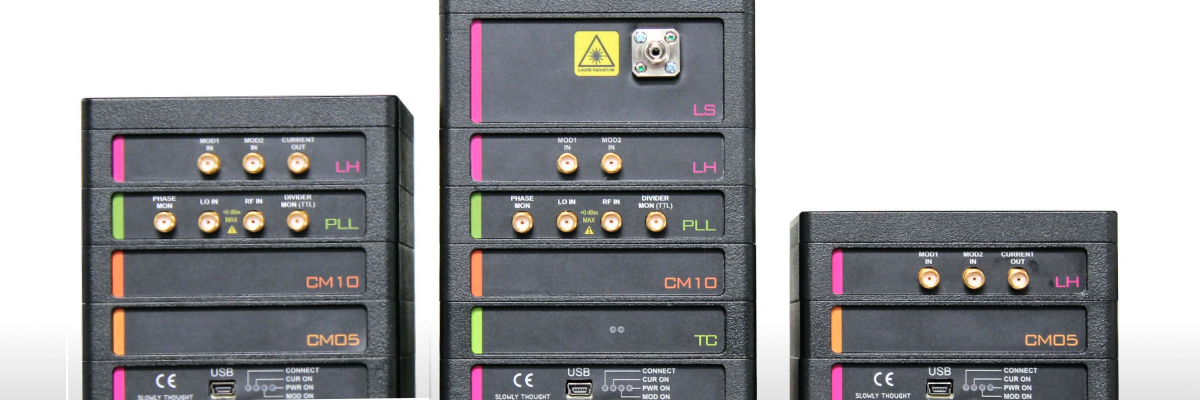
Our laser drivers are carefully designed to get the best performance from spectroscopy and metrology lasers.
We have taken great care in designing ultra-low noise electronics that do not deteriorate the spectral characteristics of the sources.
Our systems can integrate lasers on-board in a robust, shielded enclosure suitable for both bench-top and rugged applications.
The modular architecture of our drivers allows the users to expand their possibility, covering almost any typical need in terms of control and stabilization of the laser phase/frequency against a reference source, an optical cavity or a molecular transition.
QubeCL system is a product line dedicated to quantum cascade lasers (QCLs) capable of driving lasers that need working parameters up to 2A @ 18V.
QubeDL is a version of QubeCL adapted for use with laser diodes other than QCL’s, is a system suitable for semiconductor lasers that can work with maximum parameters of 750mA @ 7.5V.
Qube OEM is a product line that can be customized for specific uses, such as avionics platforms, stratospheric balloons, or harsh conditions.
D4L is a brand new product that will be available soon.
Low noise
All our current generators have been designed for state-of-the-art scientific purposes. The patented design ensures ultra low current noise and guarantees that its floor is maintained even with the application of external modulations.
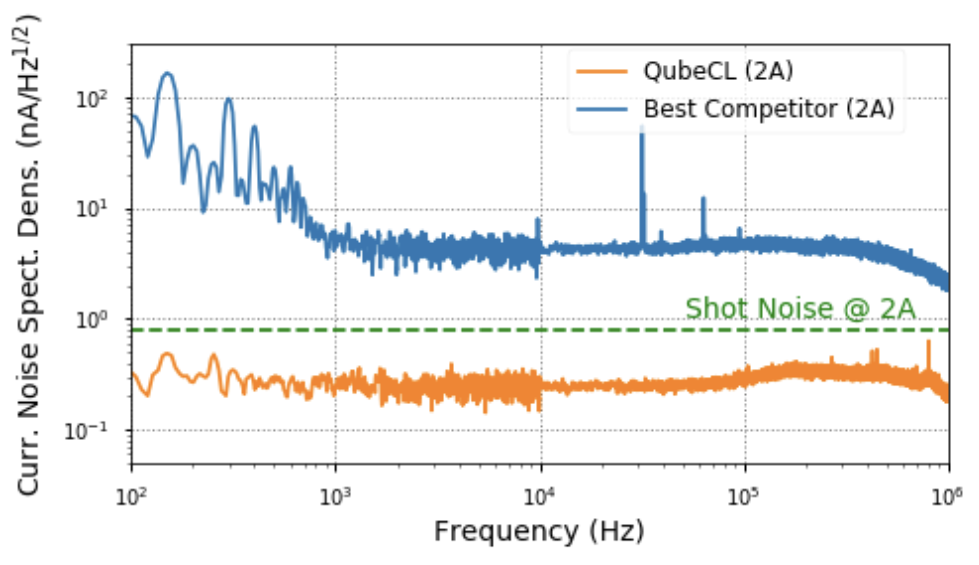
The modular architecture solves the problem of sourcing large output currents while maintaining a noise level always below 1 nA/sqrt(Hz). In general, the current-noise of commercial drivers linearly increases with the maximum output current. This is not the case of our drivers. In fact, its noise increases roughly with the square-root of the maximum current, always ensuring a sub-shot-noise operation.
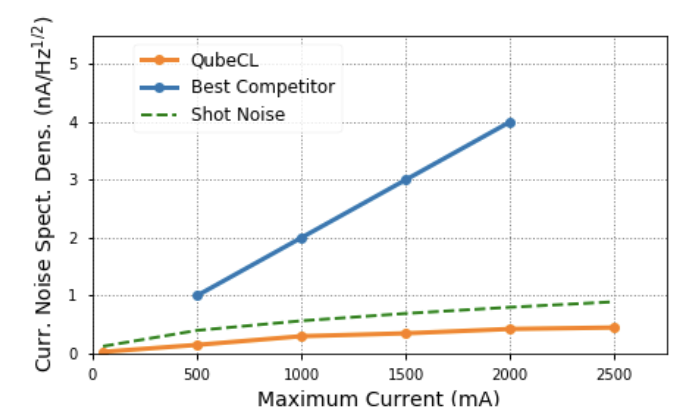
Compact and versatile
The fully modular, configurable and engineered design provides the versatility and the compactness of a custom solution while keeping the ready-to-use typical of a benchtop instrument.
Up to 32 different configurations can be obtained by combining 8 modules, covering multiple different needs:
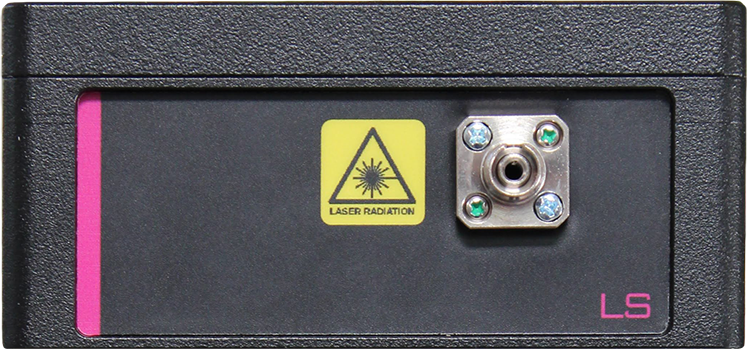
You can embed your butterfly-packaged or HHL-packaged laser into your driver. All the signals will be internally routed to the laser: no cables around, a full control in a 10 cm x10 cm footprint. Compatible both with fiber-coupled and free-space lasers. In the latter case you can have the beam always at the right height by using the adjustable periscope accessory. For higher-power lasers a water-cooled option is also available.

With overvoltage protection capabilities, it ensures a safe operation of the laser, and allows setting the laser polarity and grounding. Moreover, 2 independent external modulation signals can be efficiently coupled to the laser. As an option, an internal digital signal generator (DDS) can be added on both modulation channels.

For any frequency/phase stabilization need, you can choose among Phase Lock Loop (PLL), Pound-Drever-Hall (PDH) and Lock-In Amplifier (LIA) modules. Seamlessly lock your laser to an external source, cavity or molecular reference. Here are some examples of lock applications with QCLs; the same scheme can be applied with other laser diodes and QubeDLs.

Choose between different current ratings, and combine them for larger current output, while always keeping the noise at the lowest level.

For current-driven TEC stages the temperature controller module ensures <1 mK operation in any condition.
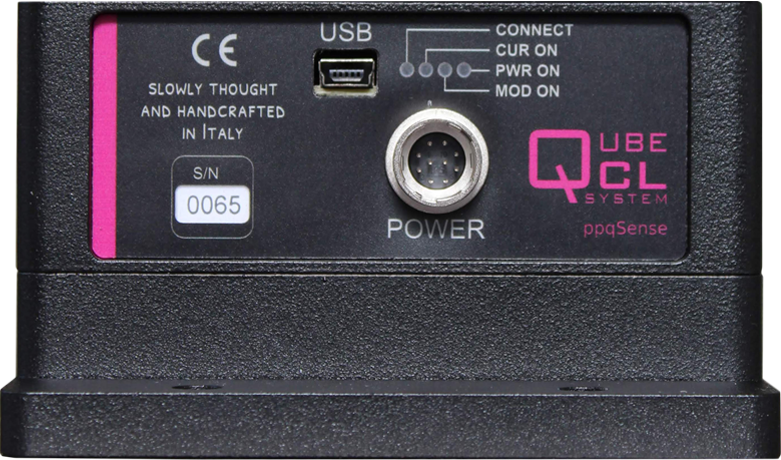
It is not only a base: it is the cooling unit of the instrument and it allows you to screw it firmly at place. Compatible with the standard pitch of optical tables.
Ready to use
Our systems are designed to be a plug-and-play solution for your laser experiment. You will only have to connect your laser and focus on your application.
This is what you will find in our laser driver box:
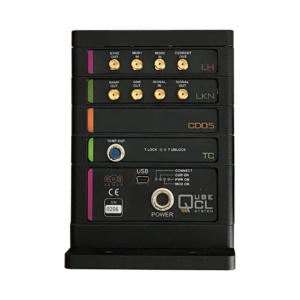
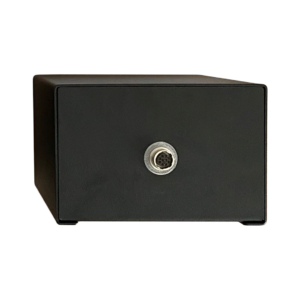
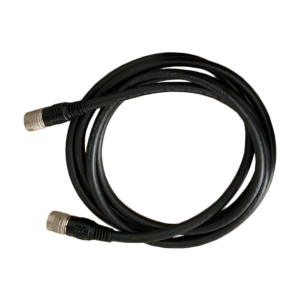
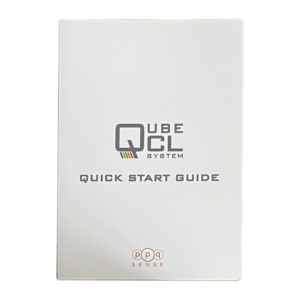
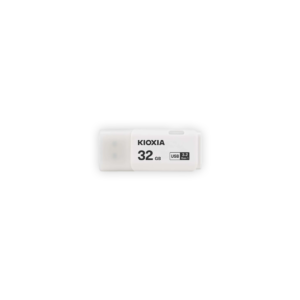
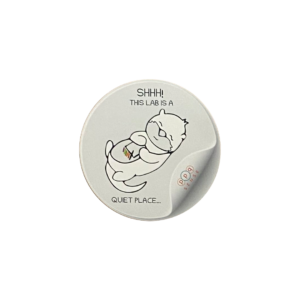
Easy interface
Our systems can be controlled via a simple and intuitive software interface. Each module of the system has its own control tab that gives the user complete access and control to all its parameters.
In the intruments manual you will find the description of all the control software features.
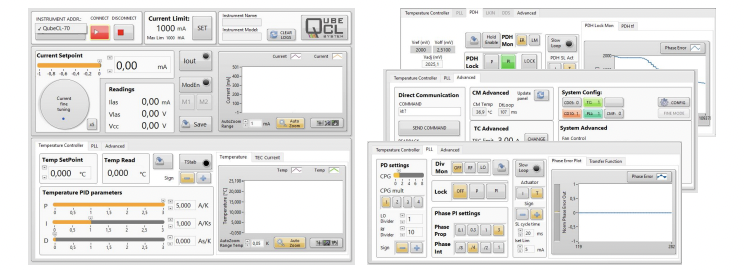
State of the art Laser Control

Our laser drivers are carefully designed to get the best performance from spectroscopy and metrology lasers.
We have taken great care in designing ultra-low noise electronics that do not deteriorate the spectral characteristics of the sources.
Our systems can integrate lasers on-board in a robust, shielded enclosure suitable for both bench-top and rugged applications.
The modular architecture of our drivers allows the users to expand their possibility, covering almost any typical need in terms of control and stabilization of the laser phase/frequency against a reference source, an optical cavity or a molecular transition.
QubeCL system is a product line dedicated to quantum cascade lasers (QCLs) capable of driving lasers that need working parameters up to 2A @ 18V.
QubeDL is a version of QubeCL adapted for use with laser diodes other than QCL’s, is a system suitable for semiconductor lasers that can work with maximum parameters of 750mA @ 7.5V.
Qube OEM is a product line that can be customized for specific uses, such as avionics platforms, stratospheric balloons, or harsh conditions.
D4L is a brand new product that will be available soon.
Low noise
All our current generators have been designed for state-of-the-art scientific purposes. The patented design ensures ultra low current noise and guarantees that its floor is maintained even with the application of external modulations.

The modular architecture solves the problem of sourcing large output currents while maintaining a noise level always below 1 nA/sqrt(Hz). In general, the current-noise of commercial drivers linearly increases with the maximum output current. This is not the case of our drivers. In fact, its noise increases roughly with the square-root of the maximum current, always ensuring a sub-shot-noise operation.

Compact and versatile
The fully modular, configurable and engineered design provides the versatility and the compactness of a custom solution while keeping the ready-to-use typical of a benchtop instrument.
Up to 32 different configurations can be obtained by combining 8 modules, covering multiple different needs:

You can embed your butterfly-packaged or HHL-packaged laser into your driver. All the signals will be internally routed to the laser: no cables around, a full control in a 10 cm x10 cm footprint. Compatible both with fiber-coupled and free-space lasers. In the latter case you can have the beam always at the right height by using the adjustable periscope accessory. For higher-power lasers a water-cooled option is also available.

With overvoltage protection capabilities, it ensures a safe operation of the laser, and allows setting the laser polarity and grounding. Moreover, 2 independent external modulation signals can be efficiently coupled to the laser. As an option, an internal digital signal generator (DDS) can be added on both modulation channels.

For any frequency/phase stabilization need, you can choose among Phase Lock Loop (PLL), Pound-Drever-Hall (PDH) and Lock-In Amplifier (LIA) modules. Seamlessly lock your laser to an external source, cavity or molecular reference. Here are some examples of lock applications with QCLs; the same scheme can be applied with other laser diodes and QubeDLs.

Choose between different current ratings, and combine them for larger current output, while always keeping the noise at the lowest level.

For current-driven TEC stages the temperature controller module ensures <1 mK operation in any condition.

It is not only a base: it is the cooling unit of the instrument and it allows you to screw it firmly at place. Compatible with the standard pitch of optical tables.
Ready to use
Our systems are designed to be a plug-and-play solution for your laser experiment. You will only have to connect your laser and focus on your application.
This is what you will find in our laser driver box:






Easy interface
Our systems can be controlled via a simple and intuitive software interface. Each module of the system has its own control tab that gives the user complete access and control to all its parameters.
In the intruments manual you will find the description of all the control software features.
